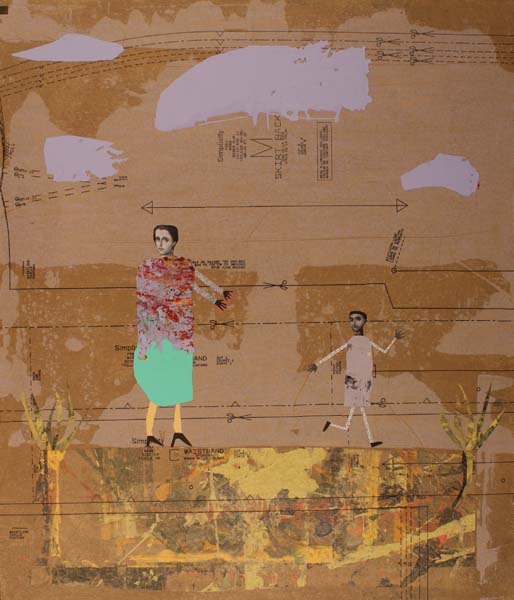 |
| Spiral Jetty with Bob Wilson |
 |
| Bob walking the Spiral Jetty |
 |
| Bob's outfit for walking the spiral Jetty (post) |
This past weekend, my husband, Bob Wilson, and I took a trip to the Great Salt Lake to visit Robert Smithson's Spiral Jetty. It was just barely visible under the purple water, and Bob decided to try to walk out to the tip of the spiral. He removed his shoes, then his pants, and started out. The water was cold and the basalt rocks slippery. The temperature of the air was about 55 degrees, and the water slightly colder, so it was not pleasant. He made it out about 1/3 of the way and then decided that his feet were too cold and that he was running the risk of slipping and cutting his feet as they became more and more numb, so he turned back and started in. He discovered, about 15 feet from the shore, that he could actually just walk alongside the jetty in the sand, thus eliminating the risk of hurting himself.
As a young couple together, Bob and I would often go out and have adventures much like this. Bob would do something totally unexpected, usually somewhat dangerous, and I would photograph him. His actions usually involved physical suffering, or finding something that he could do that might result in bodily harm if he wasn't careful. Whatever he did, it always took all his attention. I think now that it was his way of making himself completely present and connected to his world. I couldn't do what he did, but I could certainly appreciate and record and then make something more of his involvement. Over the years, I made many paintings using these photographs of Bob as a base. They were critical to my beginnings as an artist, helping me see where I needed to go.










